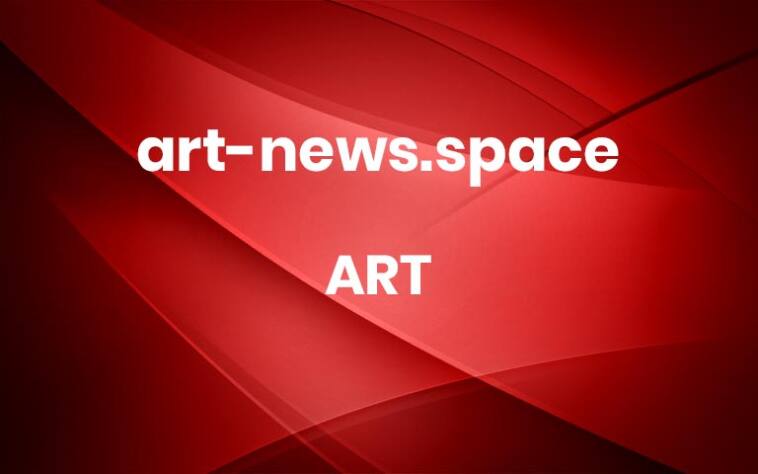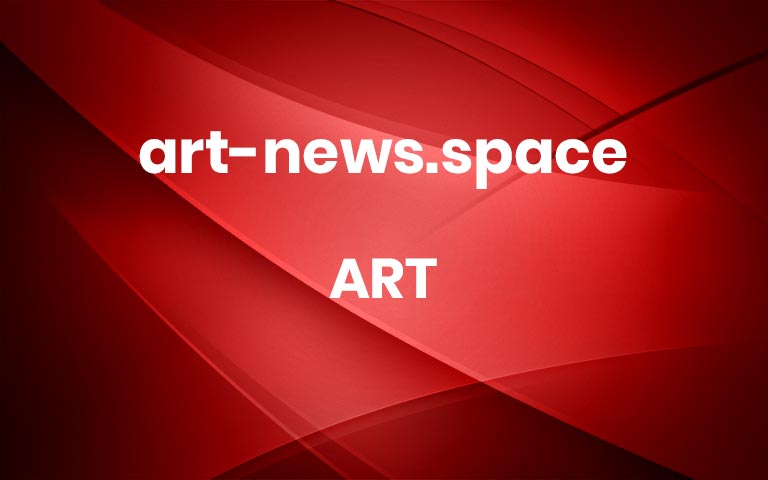“The Mothership Connection” (2022), stainless steel, bronze, resin, and mixed media, 9 x 1.8 meters. Images courtesy of Zak Ové and Library Street Collective shared with permission
African Mythology and Ancestry Merge in Zak Ové’s Exuberant Sculptures
June 20, 2025
Art
Kate Mothes
Share
Pin
Email
Bookmark
Merging themes of interstellar travel and cultural convergences, Zak Ové creates large-scale sculptures and multimedia installations that explore African ancestry, traditions, and history. The British-Trinidadian artist’s practice is deeply rooted in the narratives of the African diaspora, focusing on traditions of masquerade. He delves into its role in performance and ceremony, as well as masks as potent instruments for self-emancipation and cultural resistance.
Ové’s interdisciplinary work spans sculpture, painting, film, and photography, exploring links between mythology, oral histories, and speculative futures. “His sculptures often incorporate symbols, iconography, and materials drawn from African, Caribbean, and diasporic traditions, merging them with modern aesthetics to celebrate the continuity and adaptability of culture,” his studio says.
Detail of “Black Starliner” (2025), stainless steel, aluminium, fiberglass, and resin, 40 x 22.6 x 27.4 feet
Ové often delves into the relationship between contemporary lived experiences and the spirit world, like in “Moko Jumbie” or a glass mosaic installation in London titled “Jumbie Jubilation.” In these works, the artist brings an ancestral spirit rooted in African and Caribbean folklore known as a Jumbie to life as a spectral dancer, cloaked in banana leaves with a torso of a golden, radiant face.
The motif of rockets has emerged in Ove’s recent installations, like “The Mothership Connection” and “Black Starliner,” which feature totem-like stacks of African tribal masks and lattice-like Veve symbols—intricate designs employed in the Vodou religion to represent spiritual deities known as Lwa.
“The Mothership Connection” combines architectural elements referencing the Capitol Building in Washington, D.C., and a ring of Cadillac lights nodding to Detroit, “Motor City.” The crowning element is a giant Mende tribal mask that glows when the 26-foot-tall sculpture is illuminated at night, with a pulsing rhythm suggestive of a heartbeat.
The title is also a reference to the iconic 1975 album by Parliament-Funkadelic, Mothership Connection, in with outer space is a through-line in the group’s celebration of what BBC journalist Frasier McAlpine described as a response to the waning optimism of the post-civil rights era. Mothership Connection soared at a time when “flamboyant imagination (and let’s be frank, exceptional funkiness) was both righteous and joyful,” he wrote.
“The Mothership Connection” (2022), stainless steel, bronze, resin, and mixed media, 9 x 1.8 meters. Installed at Frieze London 2023
Ové echoes this exuberance through vibrant colors, repetition, and monumental scale. Library Street Collective, which exhibited “The Mothership Connection” on the grounds of The Shepherd in Detroit late last year, describes the work as a nod “to a future where Black people are included in all possible frames of reference.”
In a monumental assembly of African masked figures titled “The Invisible Man and the Masque of Blackness,” Ové conceived of 40 graphite sculptures organized in a militaristic grid, each six-and-a-half feet tall, that have marched across the grounds of Somerset House, Yorkshire Sculpture Park, San Francisco City Hall, and Los Angeles County Museum of Art.
The title of this piece references two groundbreaking works in Black history—Ralph Ellison’s 1952 novel Invisible Man, which was the first novel by a Black author to with the National Book Award, and Ben Jonson’s 1605 play The Masque of Blackness, noteworthy for being the first time blackface makeup was used in a stage production.
“Invisible Man and the Masque of Blackness” (2016), graphite. Installed at Yorkshire Sculpture Park
Ové reclaims and reframes dominant narratives about African history, culture, and the diaspora, interrogating the past to posit what he calls “potential futures,” where possibilities transform into realities. “By fusing ancestral wisdom with Afrofuturist ideals, Ové ensures that the voices of the past remain integral to shaping the futures we envision,” his studio says.
“The Mothership Connection” will be exhibited later this summer and fall at 14th Street Square in New York City’s Meatpacking District, accompanied by a gallery show at Chelsea Market. Dates are currently being confirmed, and you can follow updates on Ové’s Instagram.
“Moko Jumbie” (2021), mixed media, overall 560 centimeters
Detail of “Moko Jumbie” (2021), mixed media, overall 560 centimeters, installed at Art Gallery of Ontario, commissioned with funds from David W. Binet and Ray & Georgina Williams, 2021. Photo courtesy of AGO
“Jumbie Jubilation” (2024), glass mosaic panels, dimensions vary around 11.5 x 1.2 meters per panel
Detail of “Jumbie Jubilation” (2024)
“Virulent Strain” (2022), graphite, 22-carat gold leaf, and bronze, 120 centimeters in diameter
“Invisible Man and the Masque of Blackness” (2016), graphite. Installed at Somerset House, London
“Black Starliner” (2025), stainless steel, aluminium, fiberglass, and resin, 40 x 22.6 x 27.4 feet. Installed at Louvre Abu Dhabi
“The Mothership Connection” (2022), stainless steel, bronze, resin, and mixed media, 9 x 1.8 meters. Photo courtesy of Library Street Collective
Do stories and artists like this matter to you? Become a Colossal Member now, and support independent arts publishing.
Hide advertising
Save your favorite articles
Get 15% off in the Colossal Shop
Receive members-only newsletter
Give 1% for art supplies in K-12 classrooms
Join us today!
$7/month
$75/year
Explore membership options
Previous articleNext article More



